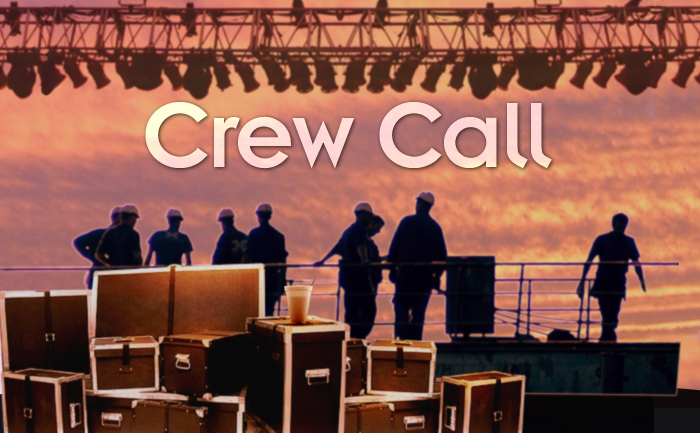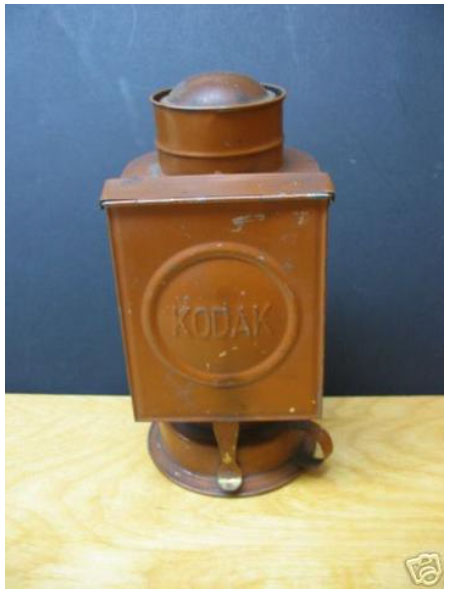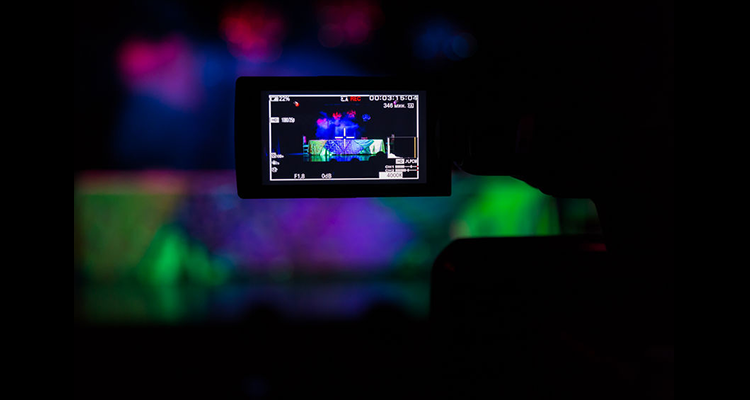The Oldest Profession
 Like many of you who are in the electronics business, I am an Amazon Prime subscriber. I’m somebody who has always searched through multiple stores to find the particular model of what it was I needed. Amazon now saves me lots of time, gets me the exact model I wanted and has it here the next day. It’s just like Christmas morning, except that I’m the one paying for it.
Like many of you who are in the electronics business, I am an Amazon Prime subscriber. I’m somebody who has always searched through multiple stores to find the particular model of what it was I needed. Amazon now saves me lots of time, gets me the exact model I wanted and has it here the next day. It’s just like Christmas morning, except that I’m the one paying for it.
But that isn’t what I am writing about today. Today, I am looking at the history of our industry through an Amazon-provided lens. Because, along with digital cameras, USB extensions and cases of AA batteries, my Amazon Prime subscription gives me old television.
For the last several weeks, in an effort to escape the “all Washington, all the time” cable news, I have been using my Fire TV Stick to watch shows from a simpler time… Frasier, Cheers, The Beverly Hillbillies, and, most recently, Green Acres. I really enjoy watching Oliver Wendell Douglas feud with Mr. Haney, whom I consider the prototypical AV salesperson.
In an early episode of the show, Mr. Haney’s great-grandfather sells Mr. Douglas’ great grandfather a magic lantern, with which he starts an early AV business — a touring magic lantern show. He rides from town to town, rents a barn and charges admission for his show. Unfortunately, Great Grandpa Haney has only sold him a single glass slide — a portrait of Abraham Lincoln, complete with top hat. But ever-resourceful Great Grandpa Douglas has an answer: He inserts the slide upside down and announces the image dramatically as “Abraham Lincoln, standing on his head!!”
First, this show reminds me of many events I have been part of — “OK, the new product announcement won’t be ready, and we already have the venue, so what do we show instead?”
All too often, the answer has been similar to “Abraham Lincoln, standing on his head!”
But the second thing the show has done has been to send me to my basement. Because you see (and here you can picture me looking a little sheepish), I happen to own a large collection of antique AV equipment. I inherited a lot of it and the fact that I still have this much stems from two factors. First, that I can’t bring myself to throw away things that still work, but mainly because I have a great appreciation for the history of our industry, which goes back a lot farther than most people think.
Now, most experts will tell you that the AV industry as we know it was created in the 1960s with a series of education acts in Congress brought forth by the Johnson White House, and was really accelerated in the early 1970s with the passage of Title IX, parts of which provided enormous federal funding for educational technology in schools.
In the future, however, when archeologists excavate my basement, they will conclude that it is much, much older.
My own collection dates back to the 1860s, and features not only three oil-fired magic lanterns from that era, but also a darkroom “wagon kit” as sold to photographers who documented the American Civil War.
But I am willing to bet our industry goes back even farther than that. I can just see Johnny Audiovisual making his pitch in 1775: “Mr. Revere, these lanterns will be visible all the way to Lexington and Concord due to our new, patented lens system and our high-brightness whale oil formulation.” I can see Geronimo shouting, “We need all the braves to see this before the attack. Get me that guy who does the smoke signals!” (Someday, we will recognize this moment as the birth of “cloud-based” communication). In fact, when I look at unexplained cave paintings I can imagine that that they were done as speaker support graphics for a presentation about hunting deer by a tribal leader.
My point in all this: All technology is fleeting. The three-CRT projectors that guys like Gary Kayye and I once taught people about are now seen as quaint. But for those of you who snicker about this, let me predict that someday soon, the “revolutionary” technology you now work with will be mocked as lantern slides of, “Abraham Lincoln, standing on his head!!”
So try to keep up.

Eastman Kodak Oil-fired safelight

Ernst Planck Magic Lantern circa 1879





